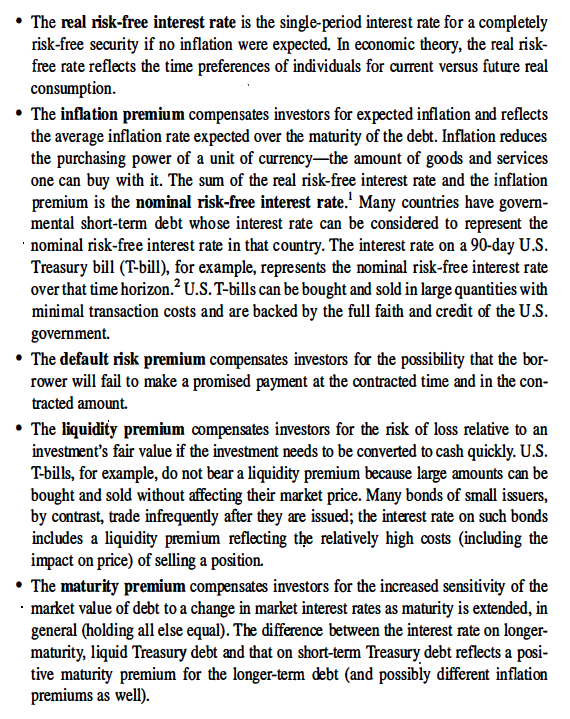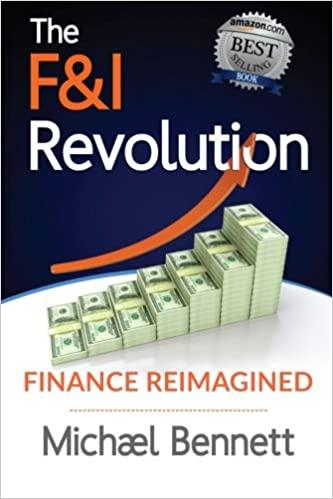Answered step by step
Verified Expert Solution
Question
1 Approved Answer
We can view an interest rate as composed of a risk-free interest rate plus a collection of compensatory premiums. Which one of these premiums is
We can view an interest rate as composed of a risk-free interest rate plus a collection of compensatory premiums. Which one of these premiums is likely increasing under our current economic circumstances? If this premium increase causes interest rates to rise over the next year, what will happen to the present value of all assets that provide future cash flows?

Step by Step Solution
There are 3 Steps involved in it
Step: 1

Get Instant Access to Expert-Tailored Solutions
See step-by-step solutions with expert insights and AI powered tools for academic success
Step: 2

Step: 3

Ace Your Homework with AI
Get the answers you need in no time with our AI-driven, step-by-step assistance
Get Started


